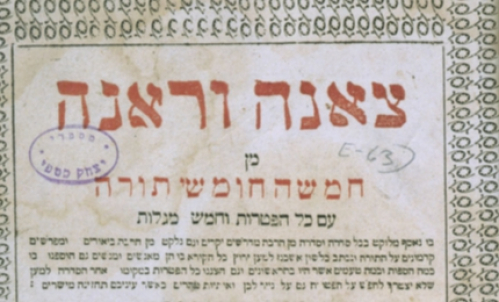Beyond the Myth of the Shtetl: A New History of Jewish Life in East Europe
The shtetl was home to two-thirds of East Europe's Jews in the 18th and 19th centuries, yet it has long been one of the most misunderstood chapters of the Jewish experience. Challenging popular misconceptions of the shtetl as an isolated, ramshackle Jewish village stricken by poverty and pogroms, Yohanan Petrovsky-Shtern argues that, in its heyday from the 1790s-1840s, the shtetl was a thriving Jewish community as vibrant as any in Europe. Petrovsky-Shtern's book The Golden Age Shtetl: a New History of Jewish Life in East Europe (Princeton University Press) presents the shtetl as a Polish private town belonging to a Catholic magnate, administratively run by the tsarist empire, yet economically driven by Jews. Jews turned the shtetl marketplace into a supermarket. They smuggled and drank vodka, seeing in both actions a moment of freedom. They built houses that served as urban stores and village barns and purchased Hebrew books they could not understand. In addition, they surrounded themselves with the symbols of the Holy Land and Jerusalem, although they were not planning to leave for Palestine.
About the Speaker
Yohanan Petrovsky-Shtern is the Crown Family Professor of Jewish Studies at Northwestern University. He is the recipient of multiple grants and awards, including a Northwestern University Distinguished Teaching Award. He has been appointed a Fulbright Specialist on Eastern Europe, a Fellow at the Harvard Ukrainian Research Institute, and a Visiting Professor at the Free Ukrainian University in Munich and has been awarded a doctor honoris causa degree by the National University Kyiv-Mohyla Academy in Ukraine. Petrovsky-Shtern has published five books on East European Jewish history and is currently co-authoring a documentary about the history of the Jews in the early modern world.

